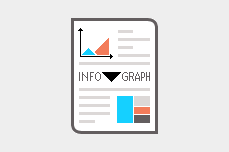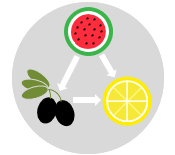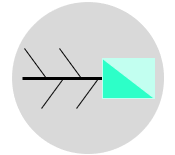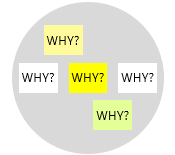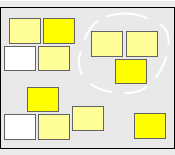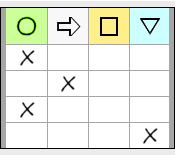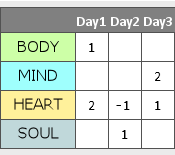
Also known as Idea Mapping, Spider Diagram and Spray Diagram.
Variants include Concept Mapping and Unified Modeling Language.
Consider the last time when you took notes during a meeting or interview. You may have felt overwhelmed due to the multitude of ideas and actions to be addressed. You may even have worried that you would have missed some important details. In situations like this, using a mind map to effectively organize ideas and information can be of great help.
Mind Mapping is visually organizing ideas, facts and thoughts around a particular topic or problem. It is a nonlinear hierarchical approach that visually illustrates the shape of the topic and allows to understand how the different components are related to each other. Mind maps reflect the way human think and organize information, making them an ideal method for organizing thoughts in a more natural way.
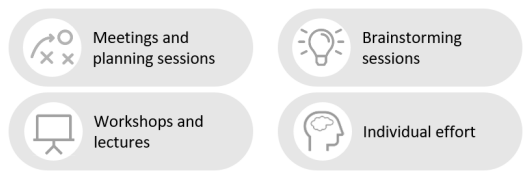
Mind mapping has many applications in personal, professional and educational situations. For example, it can be utilized during brainstorming sessions to identify and organize new ideas. Additionally, mind maps are effective in sorting out complex and overwhelming situations, and they aid in consolidating information from diverse sources during research assignments. Furthermore, they are used to support interviewing and studying by providing an alternative way to ordinary notetaking.

Mind maps can be used in planning and decision making to creatively generate and organize alternatives and actions. Additionally, they can be effectively employed as presentation aids to convey ideas and facts in a visually compelling manner.
In a mind map, ideas and thoughts are coming out from the topic under study and organized in the form of a diagram. They can be hand-drawn or generated using specialized software applications. The process of drawing a mind map by hand can be an overwhelming task. Hence, numerous software applications and online services have been developed to facilitate their creation. These digital tools offer greater flexibility that a piece of paper and pen cannot.
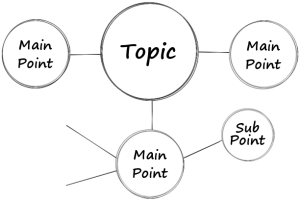
Constructing a Mind Map in a Team Environment
Mind maps can be created individually or collectively. They are usually drawn as part of a team activity through the following steps:

- With your team, present the topic or problem to be explored.
- Draw a circle in the middle of a paper then write in it the topic or problem you are exploring.
- Draw lines out from the circle to initiate the main points or subheadings.
- As you explore each of the main points, brainstorm and draw lines to initiate subpoints, ideas or facts.
- Use colors, single words and simple phrases to make the mind map clear and easy to read. Add images, icons and symbols to make it easier to interpret.
- To show associations between items, draw lines between them.
- Produce a higher version of the mind map later when there is more time available.
- Provide the opportunity to add to the mind map later as you come across new information.
Example – Continuous Improvement
The following is an example of a mind map that was created to aid in memorizing continuous improvement tools and techniques.
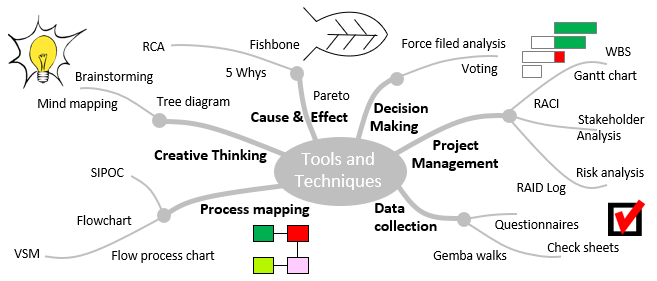
Example – Personal Exercise
This is a mind map that was created to organize ideas for how to improve mood and boost morale.
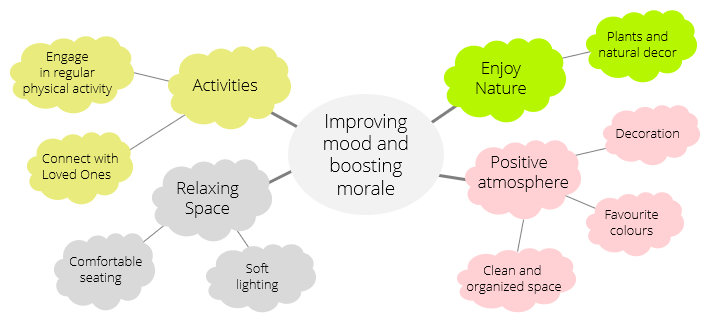
Example – Personal Development
The following is a mind map that was created to help in recalling personal development tools and techniques.
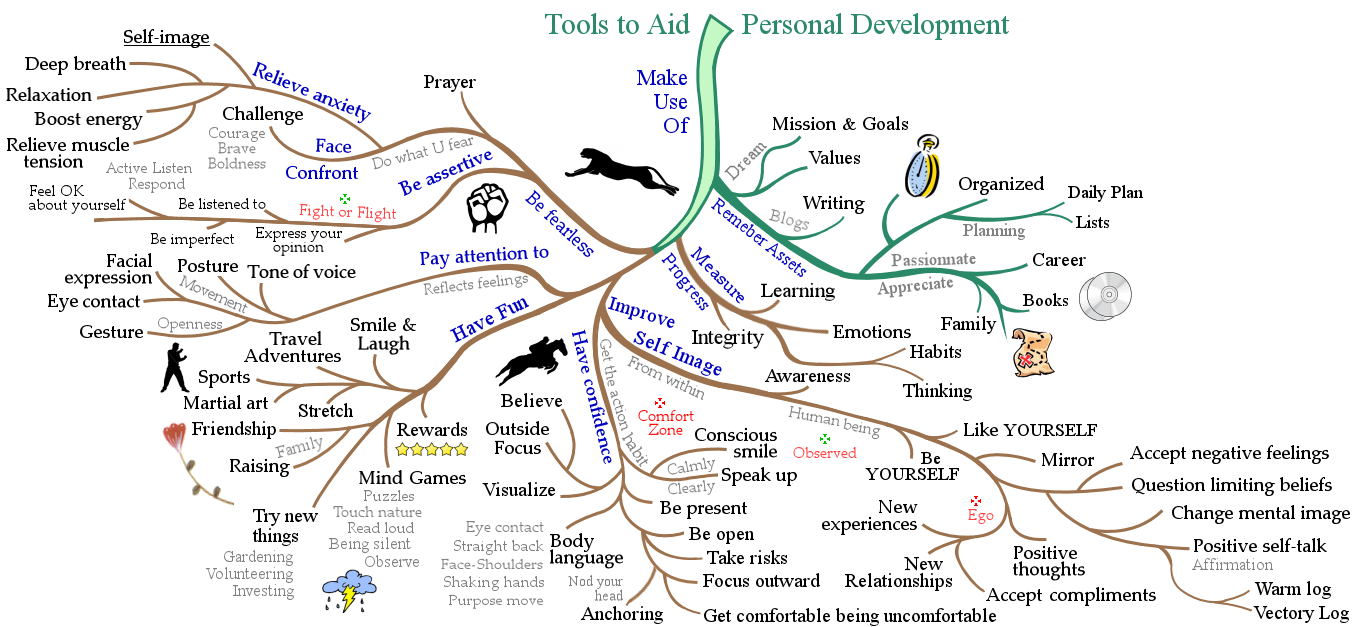

Oftentimes, mind maps will have a lot of branches and content. That’s why you need to be persistent and patient while working with them.
Wrapping Up
Mind maps can help quickly identify and understand the structure of any concept and see how pieces of information fit together. They provide focus and clarity as they only use single words and simple phrases. This will offer insights into new possibilities and creative solutions to improve existing processes and practices.
Other Formats
Do you want to use the slides in your training courses?

Mind Map Training Material – $14.85
Related Articles
Related Templates


